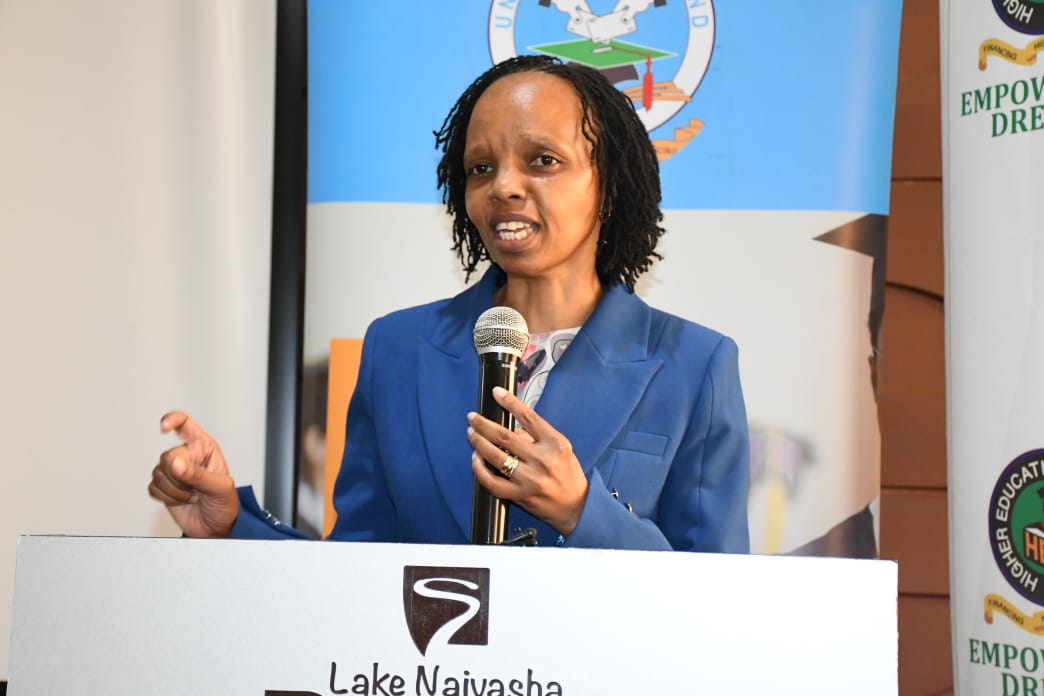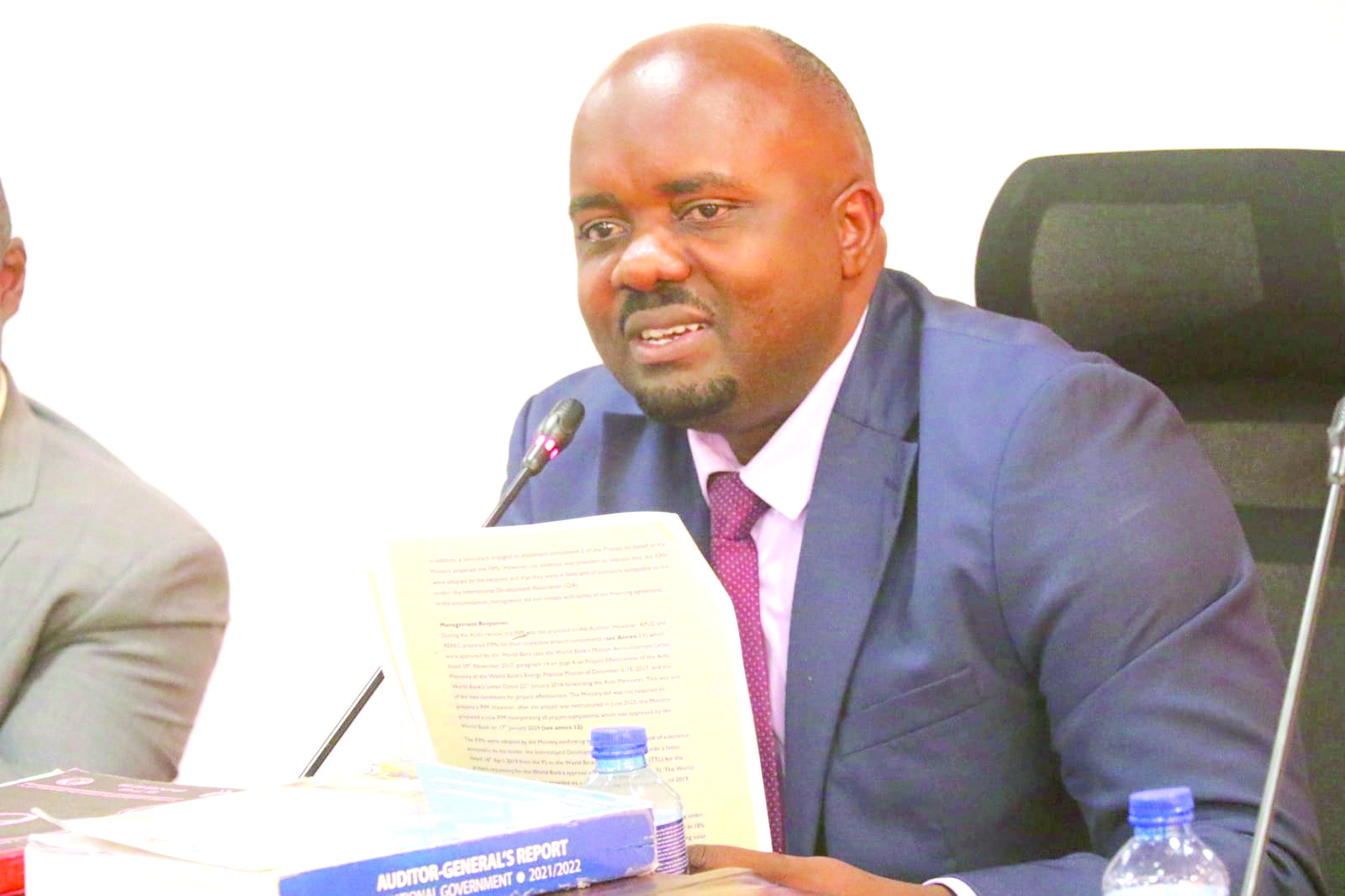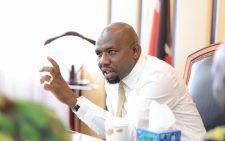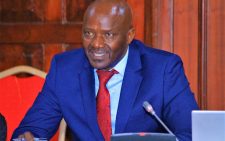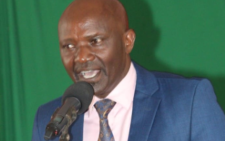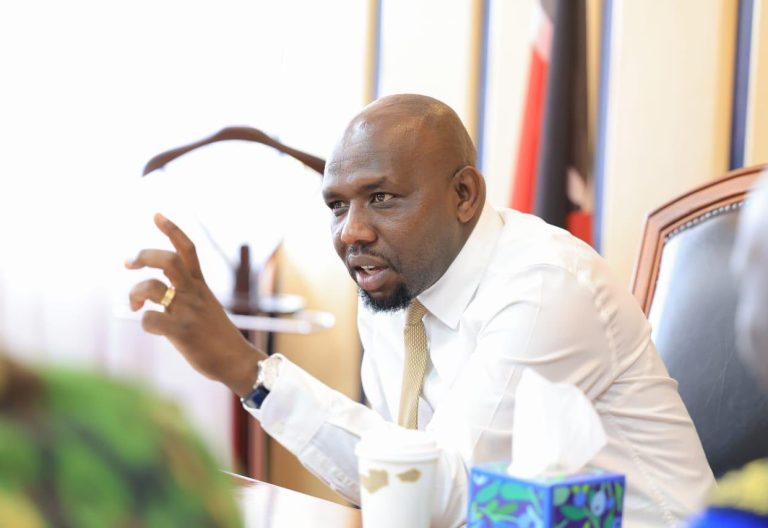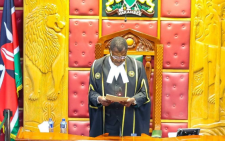New funding model to focus on loans to spur commitment
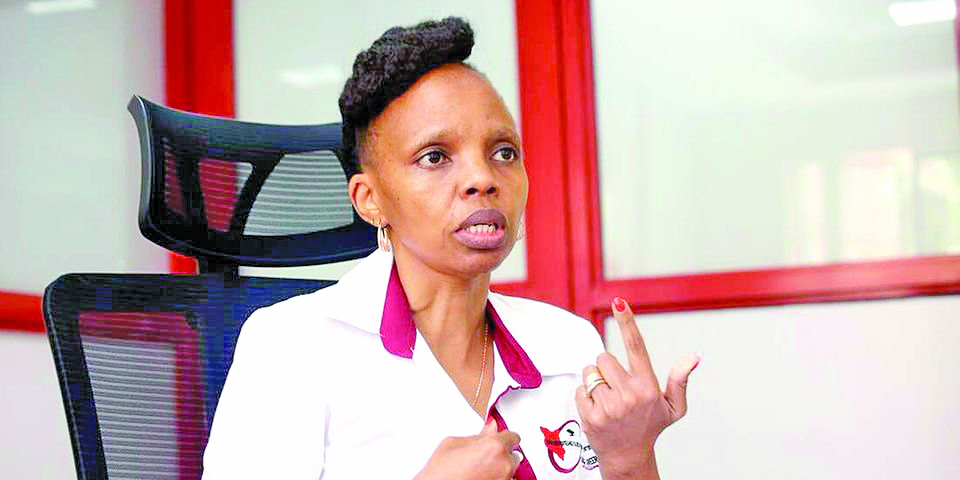
The new funding model for universities will be pegged on actual costs of degree programmes.
According to the new model, Government financial allocation to universities will focus on individual students, which means Form Four students will no longer be required to apply for courses to pursue in tertiary institutions before they sit their Kenya Certificate of Secondary Education (KCSE) exam.
The Kenya Universities and Colleges Central Placement Service (KUCCPS) Chief Executive Officer, Dr Mercy Wahome says this is because of adoption of the new funding model, which will consist of scholarship and loan components as well as household contribution.Similarly, the cost of programmes is expected to vary for new students every year.
New guidelines
“Government financial allocation to universities will focus on individual students. For next year’s class the cost will be different and our portal will change in terms of what we put as the cost,” says Wahome.
The CEO adds “For that reason, we cannot continue having entry applications. We have always asked the students to make applications before sitting the exams, but where cost is a factor of decision making, we cannot continue with these applications because at that point, before they do the exams, we will not have the new cost,”
Previously, students relied on published programmes details, institutions offering the programmes, cut off points and students’ weighted cluster points when selecting courses and listing their priorities but now the cost has been incorporated, which could affect how they make their choices.
She says that as far as cost is concerned, it will vary yearly and for every new class, even as she explained that for the 2023 candidates their fees could be different from this year.
“The first-year fee may vary and we will be guided by the Kenya National Bureau of Statistics, who will give us the index on what percentage should change. With the 2022 class, universities will sign a Memorandum of Understanding with the funding board so that they can carry the charges we have put along the years in university without changing. So, they should stick to what we have published until that cohort exits,” she explained.
Education reforms
According to the new model, funding will be categorised according to needs of the students where the vulnerable and extremely needy will receive full government support. For the vulnerable, they are to receive 82 per cent of scholarship and 18 per cent of loan, for the extremely needy they are to get 70 per cent scholarship and 30 per cent of loans.
Students who fall in the needy category are projected to receive 53 per cent of Government scholarship, 40 per cent from loans and seven per cent from households while the less needy will get 38 per cent of scholarship, 55 per cent of loans and 7 per cent from households. Those placed to private universities will only receive loans.
To determine the student’s level of need, the Means Testing Instrument (MTI) from Higher Education Loans Board (HELB) will be applied to ensure that all the needy are adequately supported.
According to Wahome, students will apply by submitting their choices for courses and institutions and are required to arrange the choices to priority after which they are ranked based on their weighted cluster points.
The first revision is underway, with KUCCPS expected to close it by June 7. As of last week, at least 84,000 of the over 173,000 who scored university entry points of C+ and above had interacted with the KUCCPS system.
As the new funding model takes shape, Wahome says projections are that more money will be put on loans than scholarships. “If I know I will have to pay for the loan, I will take my education seriously. Our hope is that we will have 80 per cent loans and 20 per cent scholarships, that is our ultimate goal in reforming the education sector, more money in the loans, so that we have a revolving fund and then less in scholarships. As we do this, we clearly look at who can afford and the different amounts,” she explains.
No biasness
At least 45,000 from the university and another over 42,000 from TVET will not pay a cent.She says declaring the cost of programmes is a step in the right direction and should have been done a long time ago.
“We had tried and most of them were declaring the Sh16,000 yet we know no one was paying this amount because once they report there were other charges like ICT fees, insurance, library, exams and other expenses. There was no way of controlling what students actually pay, even the universities could not declare because they have never sat to come up with the actual course,” she notes.
She assures that equity, fairness, efficiency and the students’ choices will be respected while placing.
There will be simulations after the first revision and at this level, KUCCPS contacts those who are successful so that they can be pulled off the system as well as the courses that have filled up at this point. There is also the second revision where those who were not successful in the first revision are contacted via SMS and asked to consider revising their courses.
